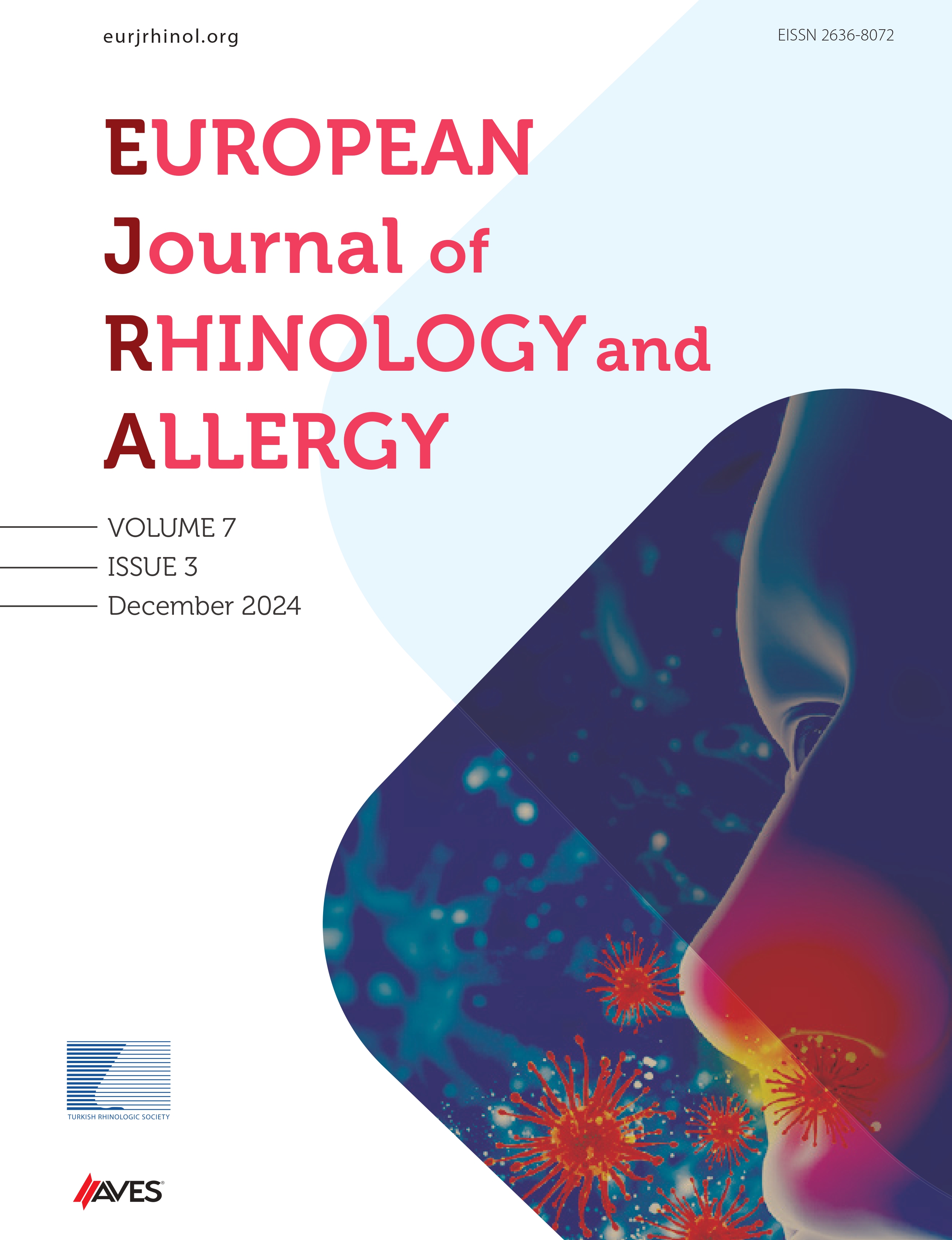Objective: This study was done to investigate the causal links between malocclusion, tongue tone, and jaw structure and the initiation of apneic/hypopneic events during sleep. Structural causes of strain on the lips and downstream tongue collapse were tested using physical models.
Methods: Distinct models were used to break down the sequence of apneic events. First, the establishment of the lips as a resting closure mechanism of the mouth was tested. Next, a tongue tone model was used to determine the force required to prevent collapse into the pharynx. Finally, a pharyngeal model was used to evaluate differential negative pressure zones during collapse.
Results: The lips may be the primary closure structure of the mouth due to mechanical advantage. The least radial strain placed on the lips permitted better mouth closure. There is a threshold that is required to maintain oral position of the tongue without collapse and resultant buildup of pharyngeal negative pressure.
Conclusions: Apneic/hypopneic events can be simplified to 3 steps: (1) failure of mouth closure due to strain upon the lips, (2) release of tongue restraint by oral compression or intrinsic tongue tone causes collapse, and (3) partial or complete tongue collapse into the pharynx causes a distal negative pressure surge.
Cite this article as: Stupak HD. The mechanics of mouth-breathing and its role in nasal and sleep disorders. Eur J Rhinol Allergy. 2023;6(1):21-27.

.png)

.png)